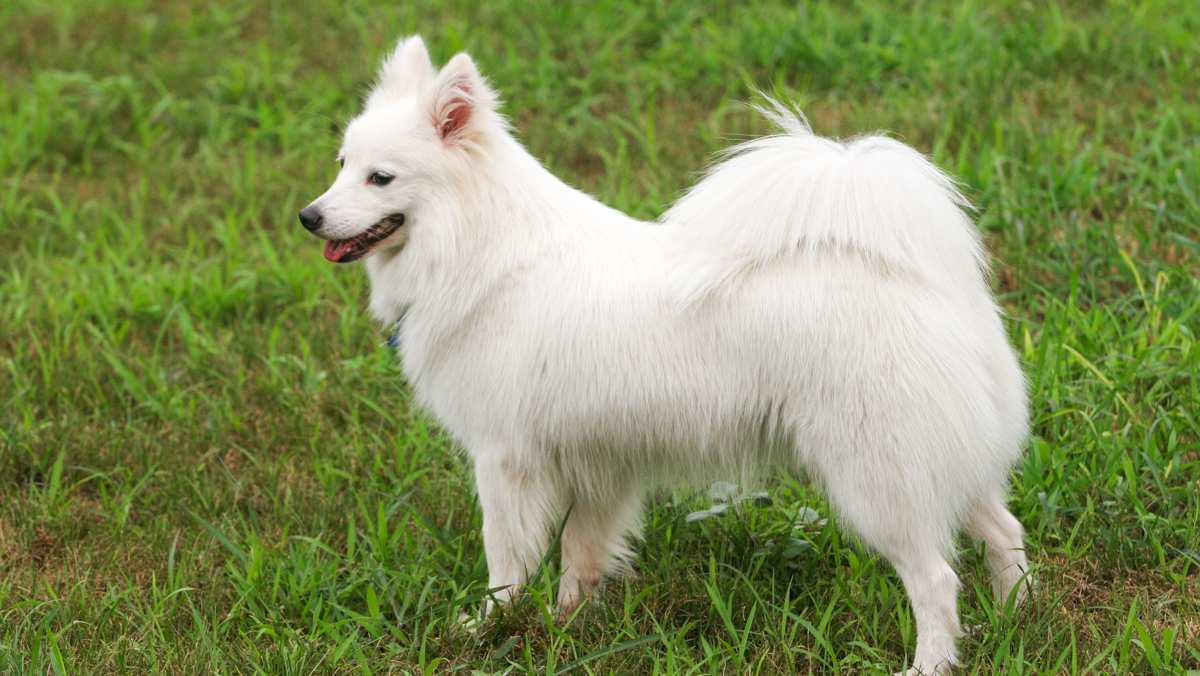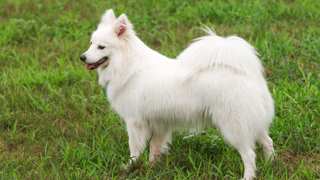Japanese Spitz Breed Details
The Japanese Spitz, like most other Spitz breeds, is a member of the Non-Sporting Group. This breed was created in Japan in the early twentieth century to serve as a personal companion dog; they are best suited for families with children, busy singles, or seniors who need a companion. Some Japanese Spitz facts: they are small- to medium-sized (at 10-20 pounds, they are essentially a larger version of a Pomeranian), they only exist in white (and their coats are fairly dirt-repellent), and they are low-maintenance overall. They are also intelligent and willing to please, which makes them easy to train.
PROS:
- Extremely affectionate and sociable
- Incredibly "tidy"; normally keep themselves clean and have no "doggie odor"
- Relatively long lifespan (12-16 years)
- Excellent watchdog ability
- Loyal
- Great with children
- Few health problems
- Playful and active
- Adapts to most living environments (home or apartment)
- Easily trained
- Socializes well with other pets
CONS:
- High barking tendency
- Requires early training and socialization to avoid development of Small Dog Syndrome
- Moderate to high exercise needs
- Can be standoffish towards strangers


